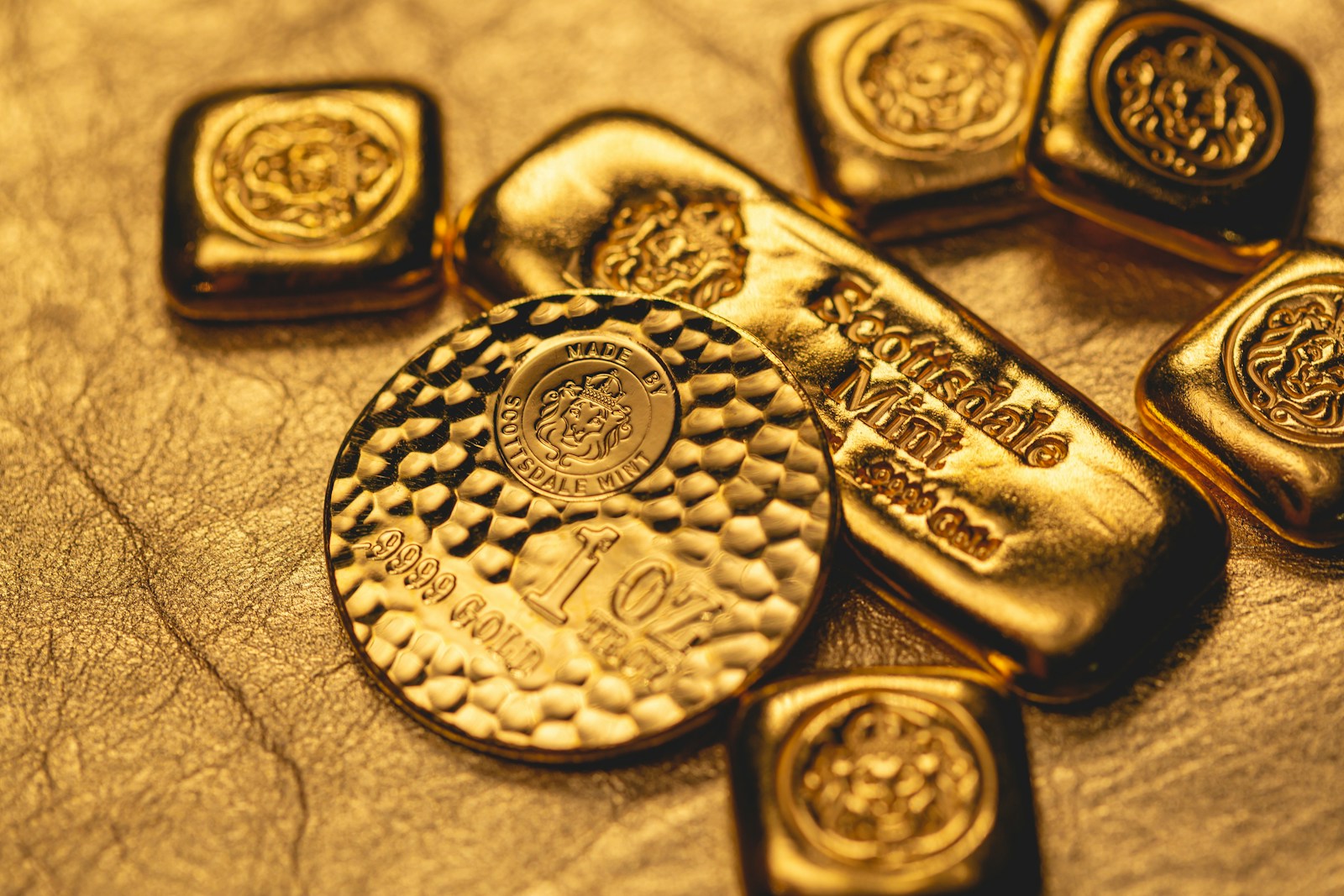Gold prices continue to show remarkable strength in the market, maintaining a 40% increase compared to last year despite retreating from the record high reached in April. As the jewelry and precious metals industry approaches its most critical sales period of the year—the holiday season—analysts are closely monitoring price trends and consumer behavior.
The precious metal has experienced significant price volatility in recent months, with values hitting unprecedented levels earlier this year before moderating. Despite this adjustment, the overall trajectory remains positive year-over-year, creating both opportunities and challenges for retailers, investors, and consumers.
Market Performance and Price Stability
The 40% year-over-year increase represents a substantial gain for gold investors and holders. This persistent strength comes even after the market pulled back from the all-time high established in April, suggesting underlying support for gold prices despite normal market fluctuations.
Market experts point to several factors contributing to gold’s sustained performance:
- Ongoing economic uncertainty in global markets
- Inflation concerns in major economies
- Geopolitical tensions are affecting investment patterns
- Central bank purchasing activity
These elements have combined to maintain gold’s appeal as a store of value, even as prices have retreated from their peak. The precious metal continues to attract investors seeking portfolio diversification and protection against market volatility.
Holiday Season Outlook
With the holiday shopping season approaching—traditionally the most important sales period for gold jewelry and related products—industry stakeholders are preparing for a complex market environment. The higher price points present both challenges and opportunities for retailers and manufacturers.
The holiday season typically accounts for 30-40% of annual sales for many jewelry retailers,” notes a market analyst familiar with the industry. This year’s elevated gold prices will likely impact product design, with many manufacturers adjusting piece weights or exploring alternative metals to maintain attractive price points.
Consumers may encounter higher prices for gold jewelry and gifts this holiday season, though many retailers are expected to implement strategies to maintain sales volume, including:
Jewelry designers are adapting to the price environment by creating pieces with less gold content while maintaining visual appeal. Some are incorporating alternative materials or focusing on craftsmanship rather than raw material value to deliver products at accessible price points.
Investment Implications
For investors, gold’s continued strength presents a different set of considerations. The 40% year-over-year increase has rewarded those who added the precious metal to their portfolios last year, but questions remain about future performance.
Financial advisors suggest that gold’s traditional role as a hedge against inflation and currency devaluation continues to make it relevant in diversified portfolios. The approaching holiday season may create additional price pressure as manufacturers increase purchases to meet seasonal demand.
Central banks worldwide have maintained or increased their gold reserves, providing additional support for prices. This institutional buying represents a significant shift from previous decades and signals confidence in gold’s long-term value proposition.
As markets move toward year-end, gold prices will likely respond to economic data releases, central bank policy decisions, and geopolitical developments. The holiday season’s impact on physical demand will provide another important indicator for price direction in the coming months.
While gold has retreated from its record high, the substantial year-over-year gain demonstrates the metal’s resilience in a challenging economic environment. As the industry prepares for its most important sales period, both consumers and investors will be watching closely to see how prices respond to seasonal demand patterns.







